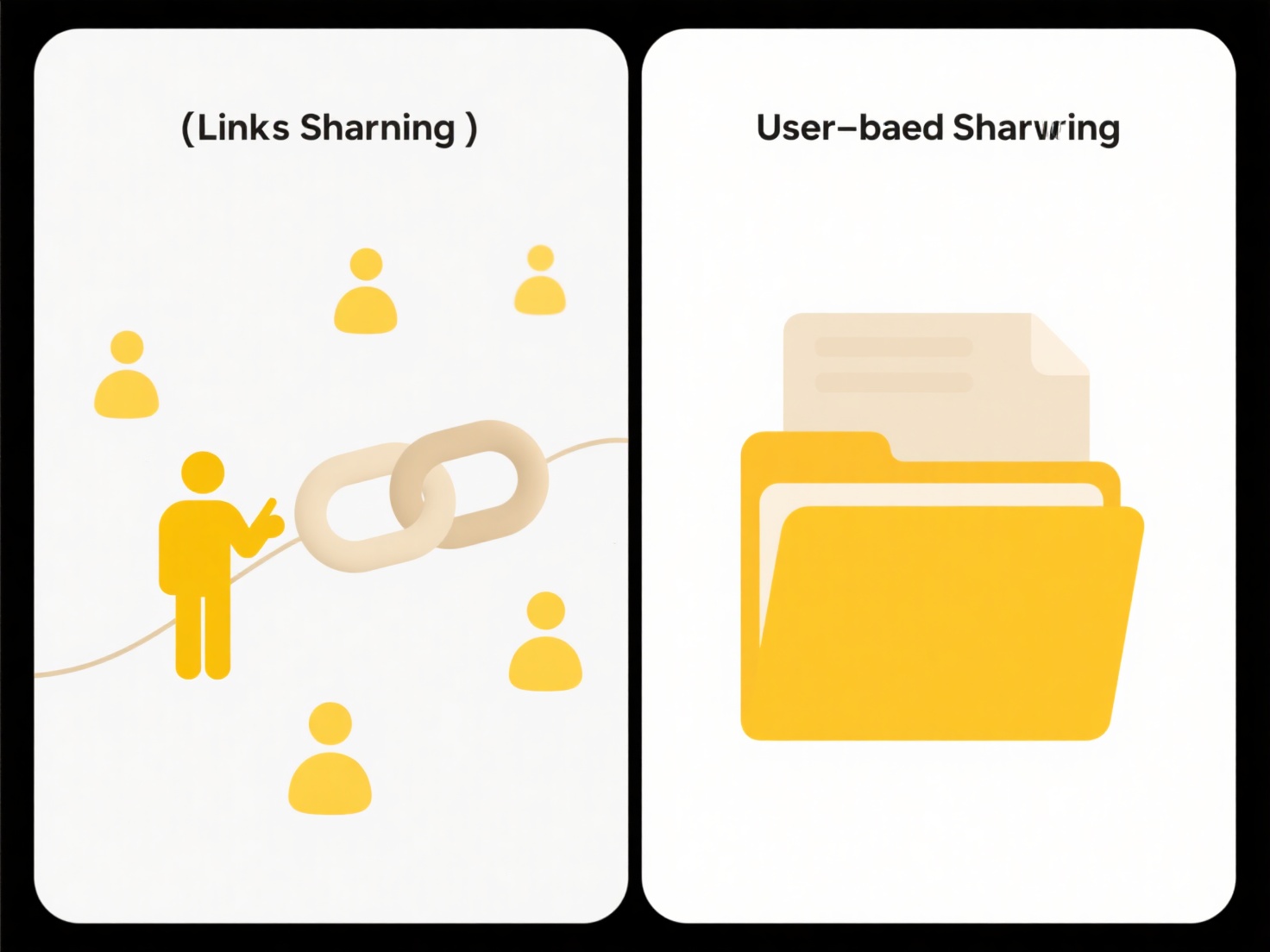
Yes, files appearing identical visually can have significant hidden differences. These discrepancies occur beneath the surface content or layout and aren't readily apparent to a casual viewer. Common hidden elements include metadata (like creation dates, author information, or camera settings in images), file encodings (e.g., different Unicode formats), embedded tracking data, or minute data alterations like pixel-level changes in images or extra whitespace/code comments in documents. Differences often arise from saving the file with different software, settings, or slight editing.

For instance, two Microsoft Word documents displaying identical text could contain different tracked changes, comments, or document properties (like author name or last saved timestamp) hidden within the file. Similarly, two JPEG images that look the same might carry distinct EXIF metadata—showing different GPS coordinates, camera models, or modification dates—impacting contexts like evidence verification or photo ownership. This is particularly relevant in digital forensics, secure document verification, and collaborative editing platforms.
These hidden differences offer advantages for auditing and version control but pose significant challenges. They can impede seamless collaboration by introducing unexpected conflicts, create ambiguity about the "true" version, and potentially be exploited to hide tampering (e.g., altering metadata to falsify evidence). Ensuring true file identity often requires specialized tools for metadata comparison or checksum verification, which is crucial for legal integrity, secure information sharing, and reliable archiving, driving adoption of more robust file validation practices.
Can files look identical but have hidden differences?
Yes, files appearing identical visually can have significant hidden differences. These discrepancies occur beneath the surface content or layout and aren't readily apparent to a casual viewer. Common hidden elements include metadata (like creation dates, author information, or camera settings in images), file encodings (e.g., different Unicode formats), embedded tracking data, or minute data alterations like pixel-level changes in images or extra whitespace/code comments in documents. Differences often arise from saving the file with different software, settings, or slight editing.

For instance, two Microsoft Word documents displaying identical text could contain different tracked changes, comments, or document properties (like author name or last saved timestamp) hidden within the file. Similarly, two JPEG images that look the same might carry distinct EXIF metadata—showing different GPS coordinates, camera models, or modification dates—impacting contexts like evidence verification or photo ownership. This is particularly relevant in digital forensics, secure document verification, and collaborative editing platforms.
These hidden differences offer advantages for auditing and version control but pose significant challenges. They can impede seamless collaboration by introducing unexpected conflicts, create ambiguity about the "true" version, and potentially be exploited to hide tampering (e.g., altering metadata to falsify evidence). Ensuring true file identity often requires specialized tools for metadata comparison or checksum verification, which is crucial for legal integrity, secure information sharing, and reliable archiving, driving adoption of more robust file validation practices.
Quick Article Links
How do I save a shared Google Drive document offline?
Saving a shared Google Drive document offline allows you to access and edit it without an internet connection. This proc...
Can file permissions be transferred to another file copy?
File permissions are metadata attached to files that dictate access rights for users or groups. Permissions define who c...
Can I use scheduled tasks to rename files nightly?
Scheduled tasks allow you to automate repetitive computer processes, such as renaming groups of files, to run at specifi...